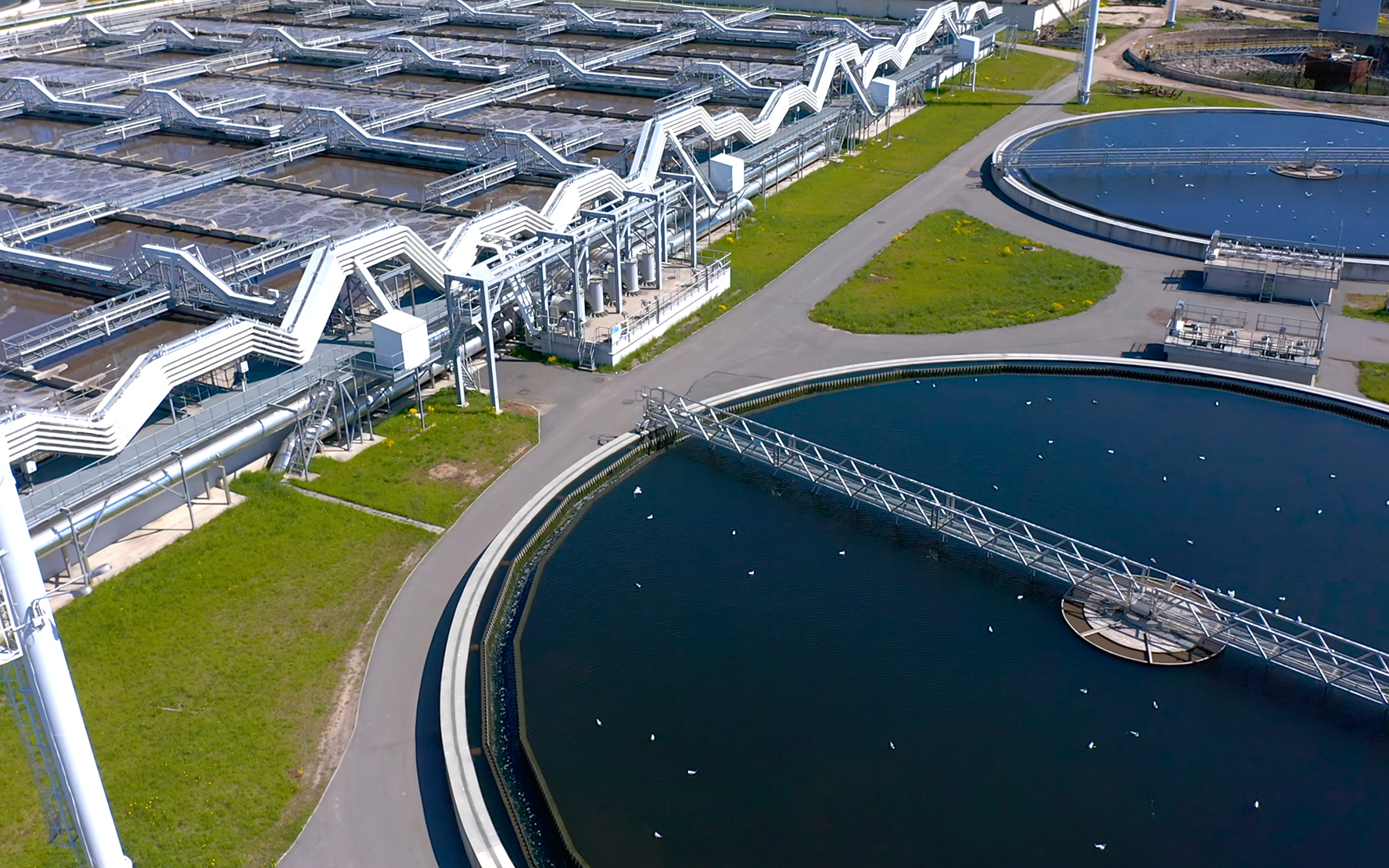Exploring and improving how state water funding flows amid a surge in federal infrastructure investmentExecutive summaryThe United States’ wat...
Published on by Water Network Research, Official research team of The Water Network

Executive summary
The United States’ water infrastructure—including its drinking water, wastewater, and stormwater systems—faces enormous investment gaps. Leaking pipes, inefficient treatment plants, and other aging, vulnerable facilities not only require extensive upgrades, but are also contending with a variety of operational pressures due to a changing climate, an evolving economy, and more. As the primary owners and operators of this infrastructure, local water utilities bear most of these pressures, especially when it comes to planning and paying for improvements. But federal and state leaders also play a key role in regulatory oversight, programmatic coordination, and ongoing investment—heightened by the historic funding unlocked by the Infrastructure Investment and Jobs Act (IIJA) and Inflation Reduction Act (IRA).
State leaders in particular oversee a key conduit for water funding: State Revolving Funds (SRFs). These federally capitalized, state-led loan programs provide essential support for a range of clean water and drinking water projects across the country, including $43 billion appropriated via current federal infrastructure legislation. State agencies coordinate with local water utilities (and other eligible borrowers for SRF loans) to develop and implement plans—known as Intended Use Plans (IUPs)—and ultimately prioritize and assess how this funding is used across Clean Water SRFs (CWSRFs) and Drinking Water SRFs (DWSRFs). SRFs generally offer a low-cost and flexible option for local leaders to accelerate needed improvements.
However, despite the reach and impact of SRF funding, economic development officials, policymakers, and other stakeholders often do not understand how utilities access these funds and coordinate with states to prioritize projects. This confusion and uncertainty not only reduce the visibility of current water investments, but also potentially limit broader collaborations and community buy-in around future investments. That’s especially true when considering different climate- and equity-focused projects, including those that reduce flooding, promote water quality, and support affordability and access. Local utilities often have limited technical, financial, and staffing capacity to pursue such projects, making these broader collaborations all the more important and timely.
This report explores the nexus between state and local water funding to better understand various challenges around planning, project selection, and capacity in the current federal investment moment. It specifically examines the role of SRFs—particularly through IUPs and other materials—to illuminate whether and how state leaders are accelerating investments, often with notable gaps around climate and equity needs. It finds that:
While many states spell out clear goals and identify a range of specific, needed projects as part of their annual water infrastructure planning efforts, they do not always prioritize climate or equity needs. For example, more than three-quarters of all states include some type of measurement and accountability around their IUP goals, but only about half explicitly include “green projects” in their goals, and only about a quarter describe environmental justice (EJ) concerns. Colorado and Washington are among the states that provide more extensive details on project timelines and other issues, including affordability and climate resilience.
Many states do not cover the finer details when prioritizing and evaluating different water projects. Part of the challenge is that not all states—only about 47% of CWSRF and 61% of DWSRF programs—include project priority lists separately and publicly transparently from their IUPs. Exceptions include Kentucky and Indiana, which go into extensive detail on criteria to prioritize different green projects. In addition, despite notable gaps around equity projects, some states, including Pennsylvania and New Jersey, describe how they award points around related criteria in their project priority lists.
A potential culprit: Constraints around fiscal, technical, and programmatic capacity are widespread and limit the ability of states and local utilities to proactively address needed water investments. For example, most states do not address local staffing needs to access and implement SRF funding. Less than 29% of states describe staffing needs in the short- and long-term goals within their IUPs, and less than 40% assess outstanding staffing needs in their annual reports. Alaska is among the states focusing on hiring additional program support and engineering staff to effectively implement SRF funding during the current federal moment.
Struggles to address such gaps hold back coordinated state and local action. As SRF program managers try to identify quality projects and creditworthy applicants, there may be structural barriers for many communities, including local utilities, to access funding where it is needed most. SRFs are not the only (or primary) vehicle to invest in the country’s water infrastructure needs, but they are a major piece of the funding puzzle. And the lack of equitable access to address pressing concerns—around climate challenges, for instance—is limiting investment across the country. However, this report reveals opportunities for federal, state, and local leaders to support greater capacity among utilities—particularly around staffing and technical assistance—to address such gaps.
Attached link
https://www.brookings.edu/articles/exploring-and-improving-how-state-water-funding-flows-amid-a-surge-in-federal-infrastructure-investment/?utm_campaign=Waterline%20Newsletter&utm_medium=email&_hsenc=p2ANqtz--FH18yFxqFY7oi3Xp8WNgfLjCdCBLFSxK4TDYT82RWHzpNIka0_9Lk99A7Z8GrJY-W2a-2U5V_gXlENxhKndtsoVC13w&_hsmi=339051225&utm_content=339051273&utm_source=hs_email&hsCtaTracking=67581905-b19b-459c-86af-09f7e92f1b6c%7C87ac5834-1a19-453e-a73f-ac310002dc54Taxonomy
- Infrastructure
- Infrastructure Management
- Financing
1 Comment
-
good information about water https://saiwater.co/